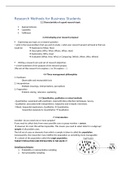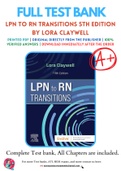Samenvatting
Samenvatting Research Methods For Business Students, ISBN: 9781292208787 Investigative Abilities
- Instelling
- Breda University Of Applied Sciences
Samenvatting Research Methods For Business Students, ISBN: 8787 Investigative Abilities (Research Design) Breda University of Applied Sciences Year 2 Hoofdstuk 2-3-5-7-13-14-15-16
[Meer zien]














